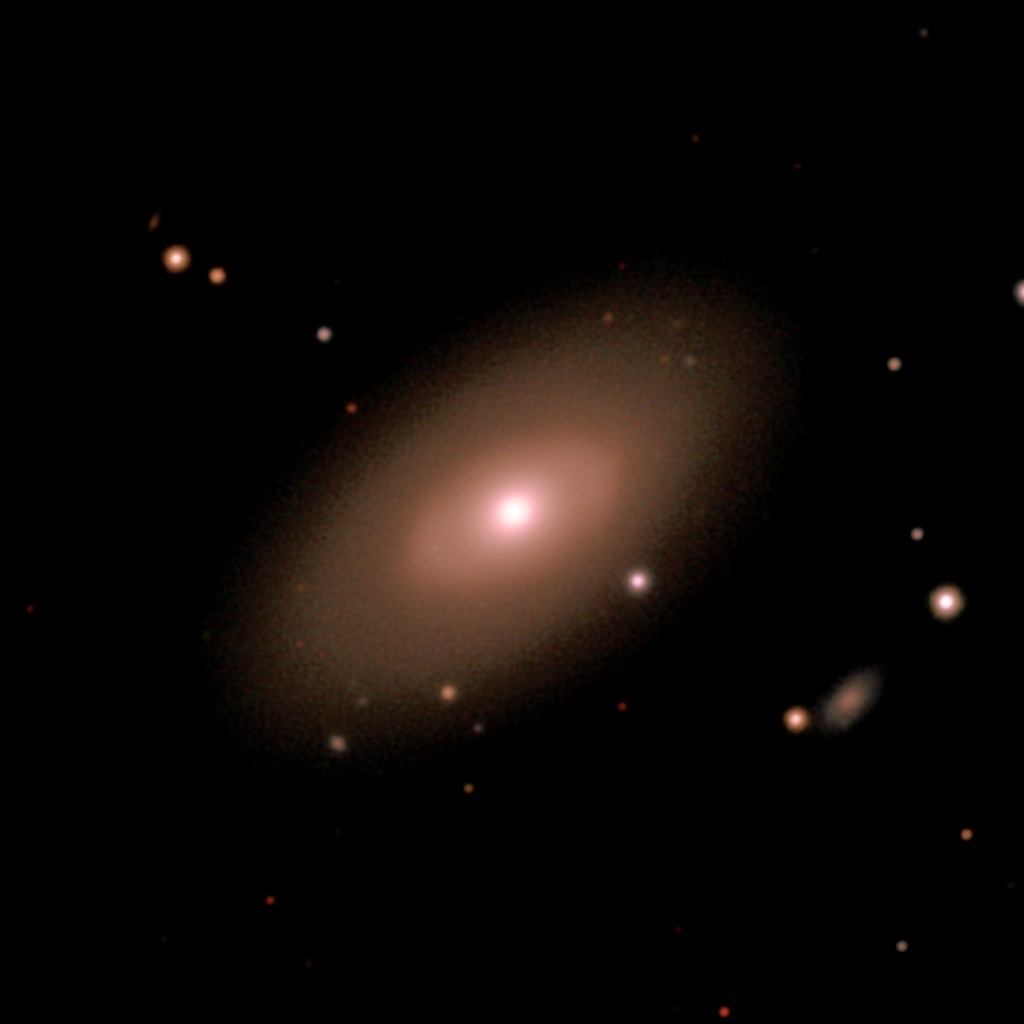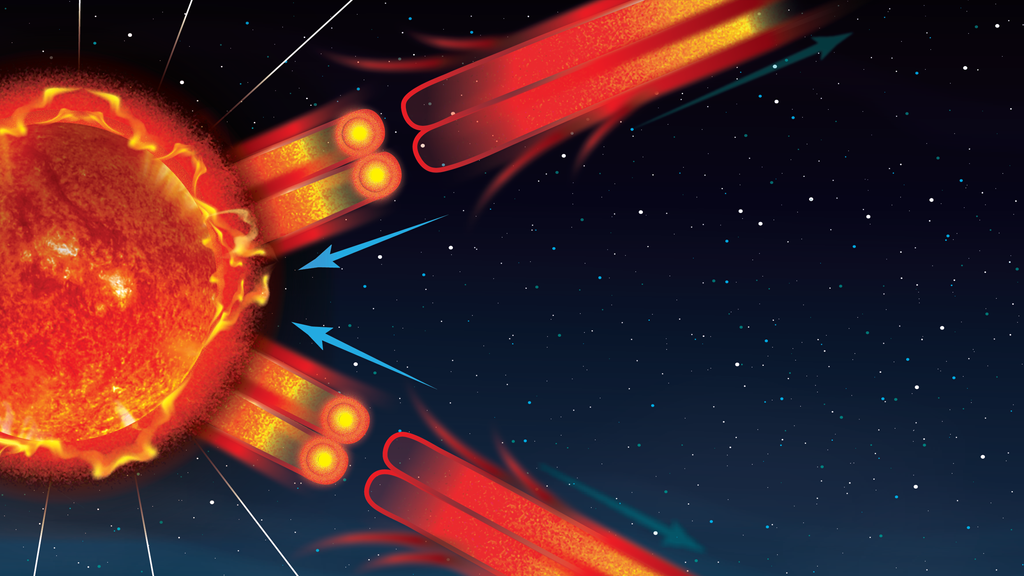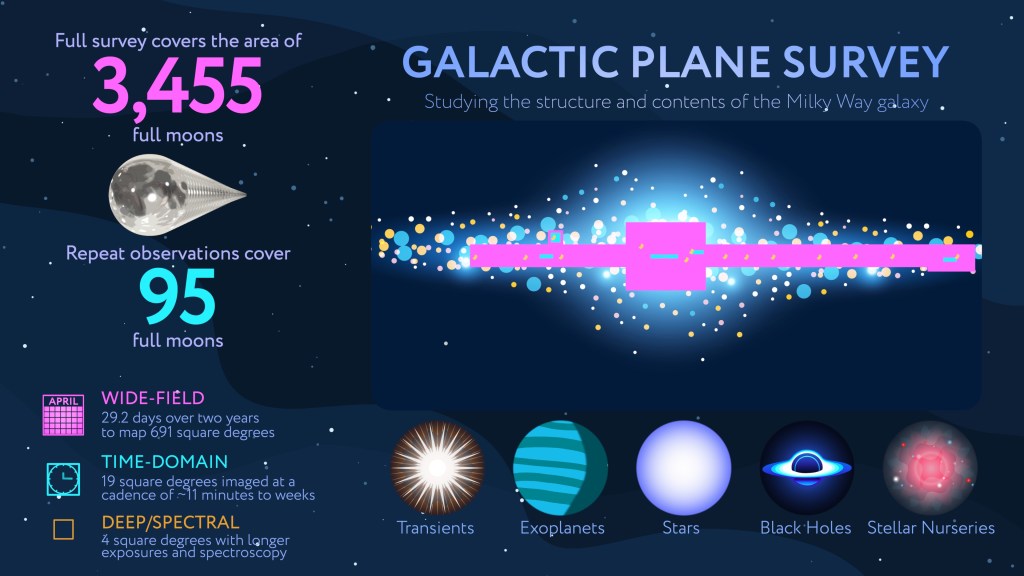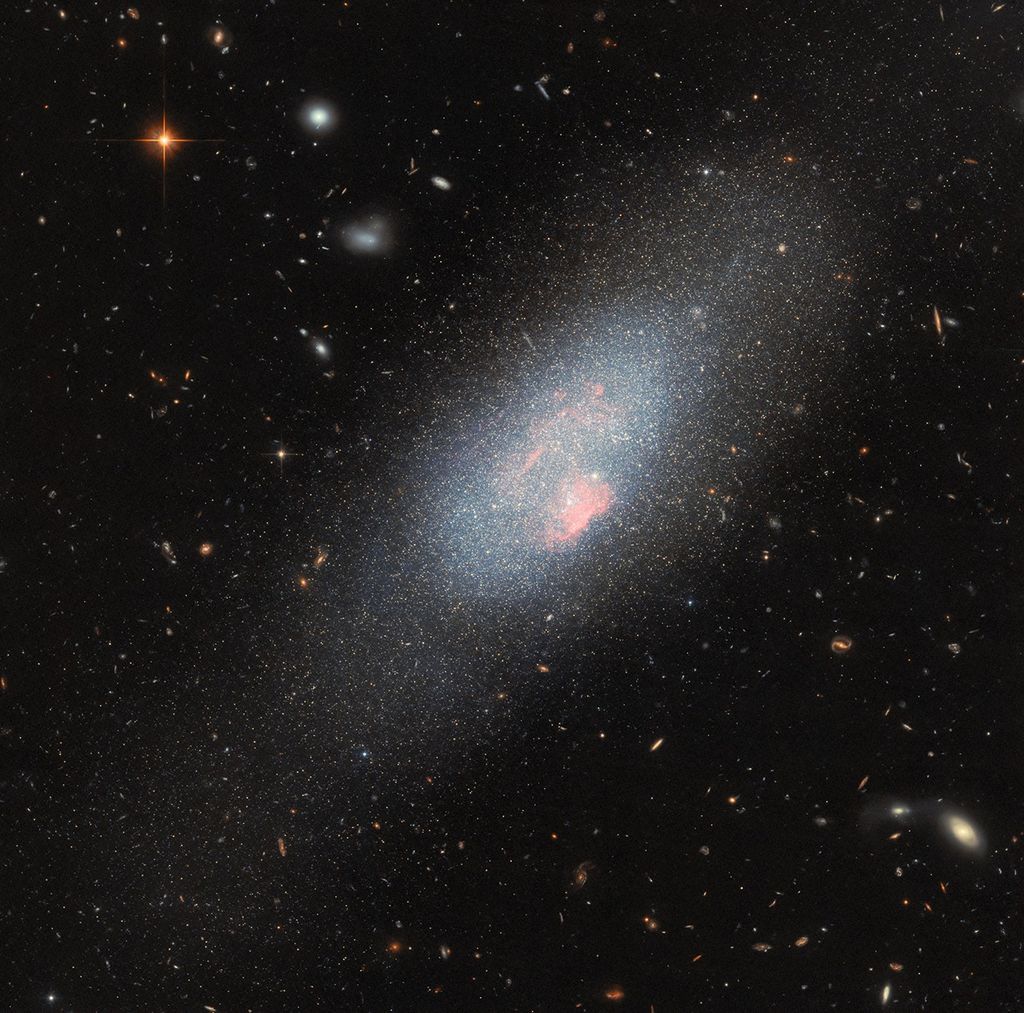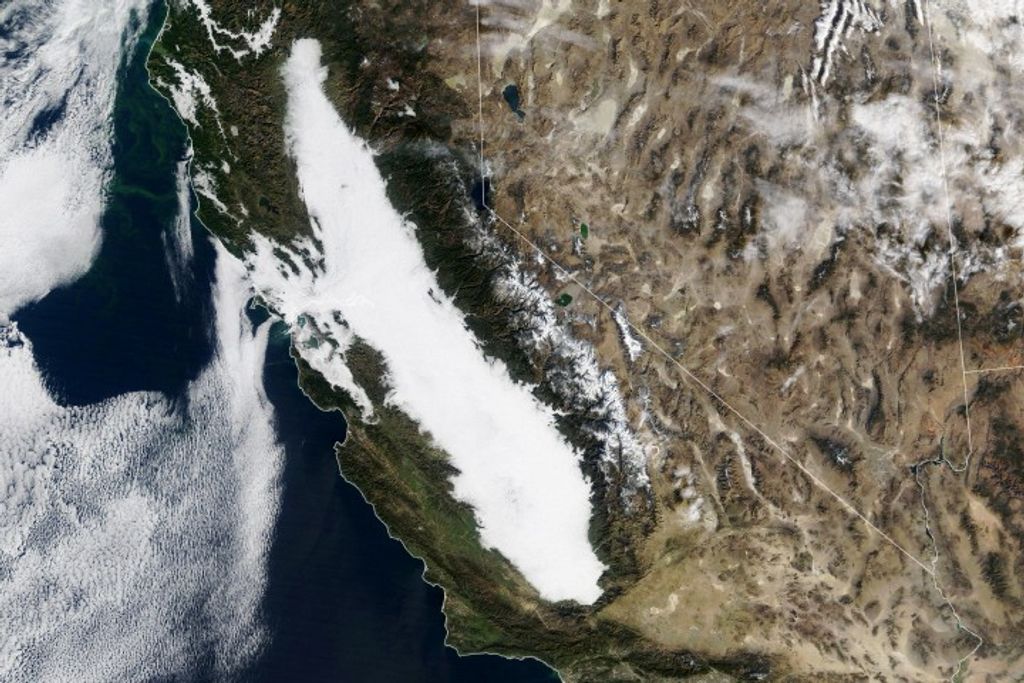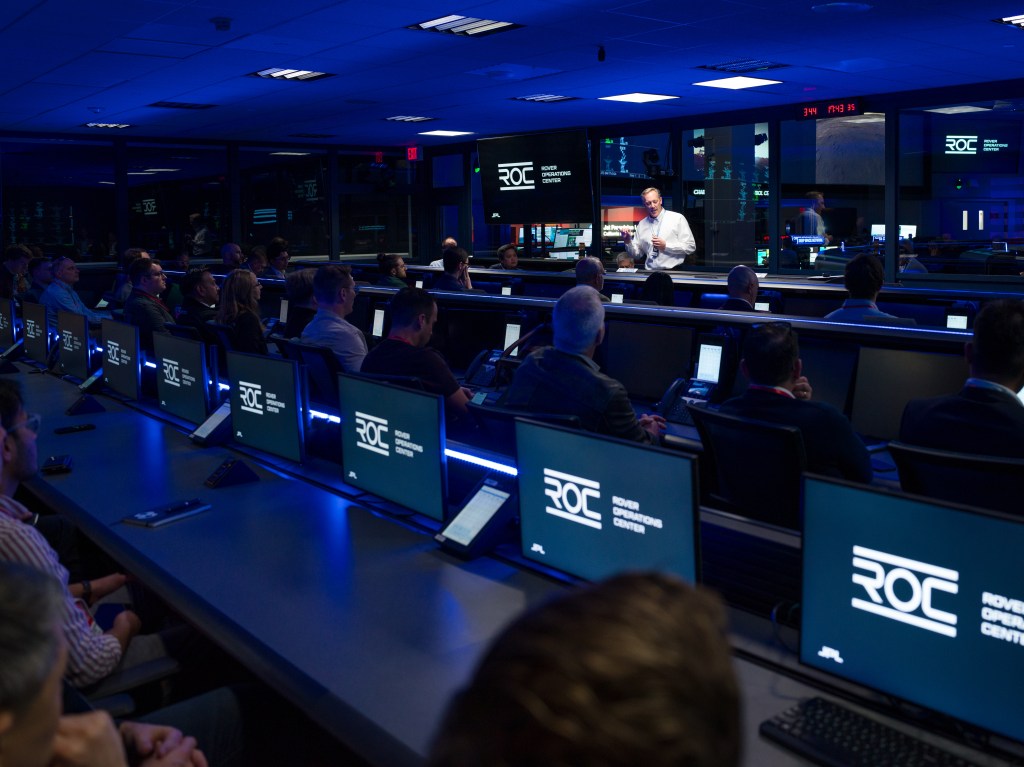1 min read
Virgo Cluster Galaxy NGC 4458

About the Object
- R.A. PositionR.A. PositionRight ascension – analogous to longitude – is one component of an object's position.12h 28m 57.6s
- Dec. PositionDec. PositionDeclination – analogous to latitude – is one component of an object's position.13° 14' 29.9"
- ConstellationConstellationOne of 88 recognized regions of the celestial sphere in which the object appears.Virgo
About the Data
- Data DescriptionData DescriptionProposal: A description of the observations, their scientific justification, and the links to the data available in the science archive.
Science Team: The astronomers who planned the observations and analyzed the data. "PI" refers to the Principal Investigator.HST Proposal: 9401 P. Cote (Herzberg Institute of Astrophysics, Victoria, BC), J. Blakeslee (Dominion Astrophysical Observatory/Herzberg Institute of Astrophysics and Washington State University), L. Ferrarese (Herzberg Institute of Astrophysics, Victoria, BC), A. Jordan (Harvard-Smithsonian Center for Astrophysics), S. Mei (Observatoire Midi-Pyrenees), D. Merritt (Rochester Institute of Technology), M. Milosavljevic (California Institute of Technology), J. Tonry (University of Hawaii), E. Peng (Peking University, Beijing), and M. West (European Southern Observatory, Chile).
- InstrumentInstrumentThe science instrument used to produce the data.HST>ACS/WFC
- Exposure DatesExposure DatesThe date(s) that the telescope made its observations and the total exposure time.December 2002 - December 2003
- FiltersFiltersThe camera filters that were used in the science observations.F475W (SDSS g) and F850LP (long pass z)
- Object NameObject NameA name or catalog number that astronomers use to identify an astronomical object.NGC 4458, VCC 1146
- Object DescriptionObject DescriptionThe type of astronomical object.ACS Virgo Cluster Survey Galaxy
- Release DateAugust 5, 2008
- Science ReleaseGlobular Clusters Tell Tale of Star Formation in Nearby Galaxy Metropolis
- Credit

Blue: F475W (SDSS g)Orange: F850LP (long pass z)

Related Images & Videos

Hubble ACS Images of Virgo Cluster Galaxies: NGC 4660, NGC 4458, IC 3506, and VCC 1993
These images taken by NASA's Hubble Space Telescope show four members of the Virgo cluster of galaxies, the nearest large galaxy cluster to Earth. They are part of a survey of globular star clusters in 100 of Virgo's galaxies. Globular clusters, dense bunches of hundreds of...

Hubble ACS Image of Elliptical Galaxy M87
The monstrous elliptical galaxy M87 is the home of several trillion stars, a supermassive black hole, and a family of 15,000 globular star clusters. M87 is the dominant galaxy at the center of the neighboring Virgo cluster of galaxies, which contains some 2,000 galaxies. Amid...

Hubble ACS Image of 100 Virgo Cluster Galaxies
These images taken by NASA's Hubble Space Telescope show the globular cluster systems of 100 galaxies observed within the Advanced Camera for Surveys (ACS) Virgo Cluster Survey. Globular clusters, dense bunches of hundreds of thousands of stars, have some of the oldest surviving...

M87 and Surrounding Galaxies in the Virgo Cluster
This image of M87 was taken with a ground-based 12.5" Carbon Truss Ritchey-Chrétien (RC) telescope in red, green, and blue filters and a 20" RC telescope unfiltered. The observation was made at Nighthawk Observatory at New Mexico Skies. Total exposure time was 13 hours.

Radio/X-ray/Optical Image of M87
This image is a composite of visible (or optical), radio, and X-ray data of the giant elliptical galaxy, M87. M87 lies at a distance of 54 million light-years and is the largest galaxy in the Virgo cluster of galaxies. Bright jets moving at close to the speed of light are seen...

Virgo Cluster's Center is a Hub of Star Formation
The Hubble Space Telescope's Advanced Camera for Surveys takes a closer look at the Virgo cluster located 54 million light-years away. Astronomers are cataloging the numerous globular star clusters, which will help our understanding of how stars and galaxies evolve. This zoom...
Share
Details
Claire Andreoli
NASA’s Goddard Space Flight Center
Greenbelt, Maryland
claire.andreoli@nasa.gov


